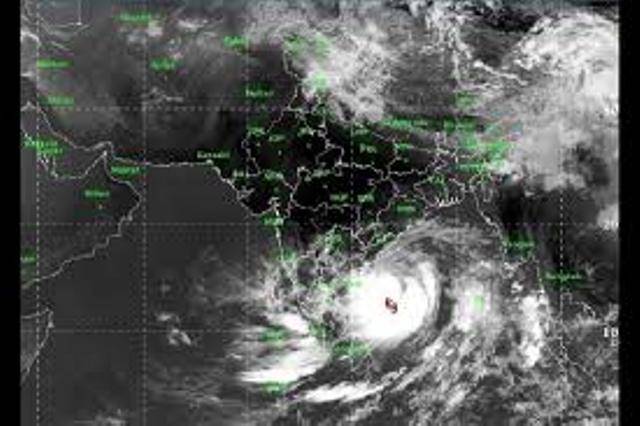
Cyclone Fani that made a landfall in Puri last week has left a trail of destruction in many parts of Odisha, but its management by the government has emerged as a global example of how natural disasters can be handled. In the beginning it was just the storm but has taken the form of depression i.e. a low pressure storm that becomes destructive and strong by inhaling warm air as it moves across the Bay of Bengal and by midweek, it had become a cyclone. Meteorologists accurately predicted its path and announcement has been made days before that it would head straight up the Bay of Bengal and make landfall in Odisha.

Even when Fani was hundreds of miles away, over the past week the Indian authorities had been closely watching it. It was first observed as a large swirl on meteorological radar screens barreling up from the Equator, deep in the ocean between Sri Lanka and Indonesia.
This time it was so different from previous cyclones and storms that Orissa has been facing that, when a fearsome cyclone blasted into this same area and obliterated villages, killing thousands of people. Many people were caught flat-footed in their homes. Some of the dead were found miles from where they had lived.

Bishnupada Sethi, the state’s special relief commissioner, who has been supervising the operation said that “We have a very serious commitment on this — there should not be any loss of life,” and it's not the matter of hours but 20 years of experience has given results. The most important thing that has to be noted in Orissa's fight against Fani is that it has taken an important step after the 1999 disaster was the construction of hundreds of cyclone shelters up and down the coast which were built up to a few miles from the seashore.
The preparation for the disaster has been done quite earlier i.e. In February the International Federation of Red Cross and Red Crescent Societies (IFRC) began distributing tarpaulins ahead of the region's "cyclone season" - but warned that if a deadly storm rolls in, shelters made of battered bamboo and shredded plastic would offer little protection.

The organizations like the navy, the coast guard and the National Disaster Response Force were all prepared for deployment.
As per information from local media, two ships with divers and doctors have been stationed at the southern port cities of Vishakapatnam and Chennai (formerly Madras). There is lot of improvement if we compare our arrangement to deal with the cyclone with earlier years i.e the most deadly cyclone on record took place in 1999, killing almost 10,000 people.

A large swirl on meteorological radar screens barreling up from the Equator, deep in the ocean between Sri Lanka and Indonesia was observed quite earlier and over the past week, a close observation was being made by Indian authorities even when Fani was hundreds of miles away.
Fani was not exactly the same disastrous as it was found earlier. It was not in the form of cyclone but just the depression that has slowly taken the form of cyclone as it reached the Bay of Bengal by sucking warm air. It has taken 2-3 days and by midweek it has taken the form of cyclone to destroy whatever comes in its path.

A -five page action plan released by the government included;
- Ordering of boats ashore and most population in Odisha are Fishermen. Majority of people are farmers and their livelihoods depends on fishing.
- Bringing people to shelter houses as homes could be damaged.
- Emergency personnel were ordered to district operational centers.
- Listing of people in vulnerable situations in shelters.
- 6 million text messages, 43,000 volunteers, nearly 1,000 emergency workers, television commercials, coastal sirens, buses, police officers, and public address systems were all deployed inorderto warn people blaring the same message on a loop, in local language with a very clear terms: “A cyclone is coming. Get to the shelters.”

Altogether it seemed to be major success to deal with the storm in such a meticulously planned manner where millions of people were already shifted to shelter homes and comparatively several lives were saves. Salute to the government officials for their exemplary performances to give an example to deal with such kind of situation if prepared in advance.















